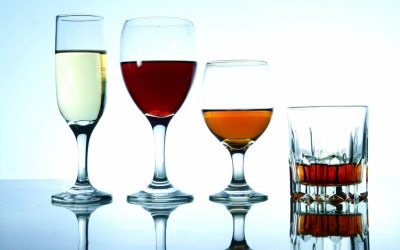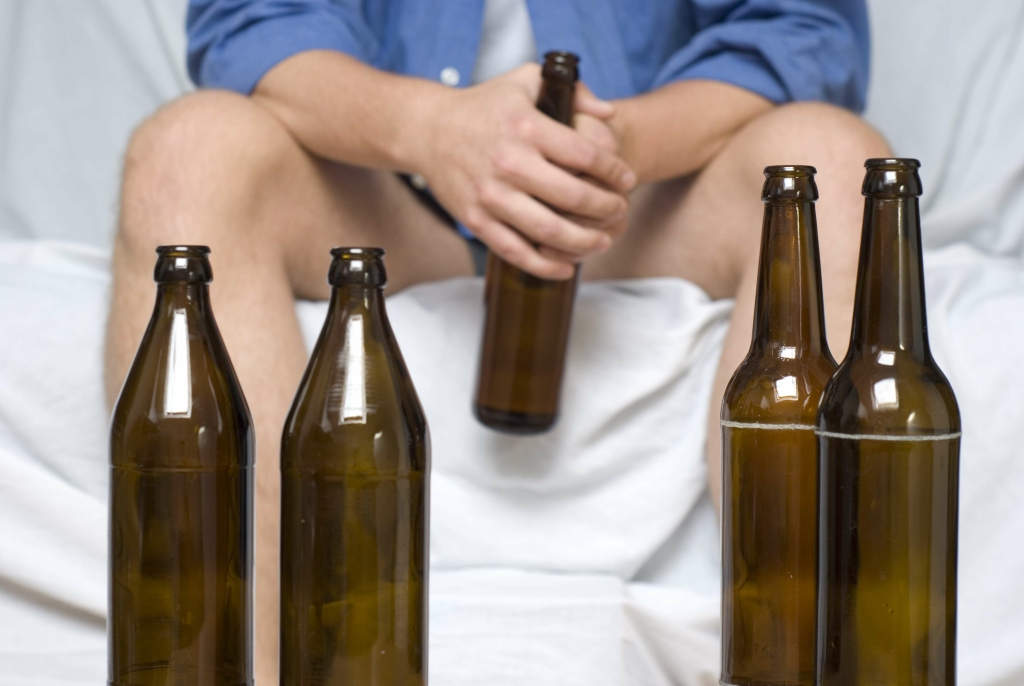Sometimes, a person may not realize they are at risk of an overdose, such as when they use opioid pain relief medication and then drink alcohol. Mixing CNS depressants, opioids, and alcohol increases their effect. There may be severe adverse reactions and possibly life-threatening consequences. Several substances can depress the CNS, ranging from anti-anxiety and sleep medications to so-called recreational drugs, such as heroin. Examples of CNS depressants include tranquilizers, hypnotics, and sedatives.
Find more top doctors on
It drastically increases the severity of diseases and also makes the treatments less effective. Alcohol not only affects the person physiologically, but it has many adverse effects psychologically and socially too. It is not always necessary that these mentioned signs and symptoms are compulsorily linked with disease conditions.
Despite its positive correlation, some studies have produced contradictory results. A study conducted by[39] to assess the association of Taq1A polymorphism and AD in south Indian population yielded negative results.[40,41] also did not find any association with Taq1A polymorphism and AD amongst Mexican-Americans. The Taq1A allele frequency of non-assessed controls was more than that of non-assessed alcoholics. However, the allele frequency of assessed alcoholics was found to be 3 times that of assessed controls. Alcohol’s impact on the functioning of the brain ranges from mild and anxiolytic disinhibitory effects, motor incoordination, sedation, emesis, amnesia, hypnosis and ultimately unconsciousness [4].
The gastrointestinal biome is severely manipulated by the use of alcohol over a long period of time, which in turn is found to have a link with the establishment of various complications [27]. Alcohol and its metabolites are found to promote inflammation in the intestines and they do eminem addiction so through varied pathways [28]. Alcohol being a teratogen is documented to cause abnormalities of the brain, limbs, etc [29].
The following text introduces some of the neural circuits relevant to AD, categorized by neurotransmitter systems. These neural circuits include the dopaminergic, serotoninergic, glutamatergic and GABAergic neural circuits. In a study conducted by,[65] which looked at the data collected from a large number of multiplex, alcoholic families under the COGA, no association was found between the GABRA1 and GABRA6 markers and AD. Similarly, another study conducted by[66] found no association between the genes encoding GABRA1 and GABRA6 with alcoholism. However, a subsequent study by[61] found no role of STin2 VNTR polymorphism in AD. In the study, 165 AD patients, 113 heroin dependent patients and 420 healthy controls from a homogeneous Spanish Caucasian population were genotyped using standard methods.
Treatment
Anxiolytics were primarily benzodiazepines, and sleep medicines were predominantly zolpidem, eszopiclone, zaleplon, and ramelteon. To exclude medications used short-term for acute medical problems, we extracted only records for which medications were prescribed for 30 days or more. Among those who drink regularly, the prevalence of prescribed sedative-hypnotic use increased and prescribed opioid use remained common.
We found that the overall prevalence of sleep medication use among all U.S. adults increased sharply by nearly 10% annually (albeit the initial prevalence was low). Other studies that did not examine alcohol use have documented similarly large increases (Moloney et al., 2011; Ford et al., 2014). One potential explanation for this trend is that physicians perceive these medications to be lower risk than benzodiazepines and may be more inclined to prescribe them (Siriwardena et al., 2006; Hoffmann, 2013). The United States has undergone sharp increases in morbidity and mortality stemming from separate and combined use of alcohol and prescription drugs. Although the prevalence of current alcohol use and binge drinking has been increasing, changes in drinking patterns are modest in comparison to alcohol-related morbidity and mortality trends. Notably, though, these increases have been highest among individuals age 50-64, with increases of 0.6% and 2.7% per year for any alcohol use and binge drinking respectively (Grucza et al., 2018).
Alcohol intake has a prominently bigger impact on the mortality of liver cirrhosis when compared with the morbidity [19]. A systemic review and meta-analysis suggests that women might be at a higher risk as far as developing liver cirrhosis is concerned even with little consumption of alcohol, as compared to men [20]. Alcohol abuse is a major health problem worldwide, resulting to extensive admissions in many general hospitals.
In many cases, they may also order a CT scan or MRI of the brain. A drug called flumazenil can reverse the serious effects of benzodiazepines. A variety of other things in your environment can lead to CNS depression when ingested or inhaled. One such product is ethylene glycol, a chemical found in a variety of consumer goods, including antifreeze and de-icing products. When ingested, this chemical is toxic to the CNS, kidneys, and heart. Any event that causes decreased blood flow and oxygen to the brain, such as a severe heart attack can also lead to CNS depression.
These include Naloxone for opioid overdoses and Flumazenil for overdoses of benzodiazepine. A person who wishes to stop using a CNS depressant may need to stop gradually to prevent adverse effects. what is whipit Misuse can also happen if a person uses someone else’s medication, if they take more than the recommended dose, or if they use drugs that a doctor has not prescribed.
- Prolonged alcohol consumption is also closely linked to cancer and suicide.
- A person should speak with a healthcare professional to learn more about healthy alcohol use.
- Addiction to CNS depressants may see a person experience social and family problems, difficulty working, and an inability to function in daily.
- In some societies, alcohol consumption is even accepted as part of normal social etiquettes.
- It has been around for thousands of years and has been known for its many stimulating and mind altering effects.
Sensitivity Analyses
The synaptic transmission is heavily disturbed and altered by ethanol, and the intrinsic excitability in various areas of the brain is also compromised. The effects of ethanol may be pre-synaptic, post-synaptic, and at times, non-synaptic too. Alcohol being a psychotropic depressant of the CNS exerts a deeply profound impact on the neurons, which alters the biological and behavioural well-being of the one who consumes it by the promotion of interference in various neuronal pathways [5]. Apart from the systemic manifestations which do affect a particular system of the body, there are various disorders in which alcohol indirectly provides its crucial contribution.
It is a variable number of tandem repeats (VNTR) with three distinct alleles. These alleles are of 9 base pair repeats, 10 base pair repeats as well as 12 base pair repeats. The 9 base pair repeat is extremely rare and in statistical studies, often clubbed with the 10 base pair repeat. Dopamine is an important neurotransmitter involved in reward mechanism in the brain and thereby influences the development and relapse of AD. The dopamine and serotonin pathways are shown as under [Figure 2]. Alcohol addiction and dependence of late has been shown to be affected by the influence of genes.
It is a common finding that one could perceive that alcohol is most of the time in the list of risk factors for various diseases. Alcohol has been found to adversely affect our immune system and the matter of concern as far as this issue is concerned is that immune responses are influenced by even moderate amounts of alcohol intake [26]. Alcohol affects innate immunity and also interferes with almost all the various aspects of the adaptive immune response. Alcohol is a key player in impairing anti-inflammatory cytokines and also promotes proinflammatory immune responses.
Most of these drugs cause some combination of drowsiness, muscle relaxation, and anxiety reduction. Continued use of some CNS depressants can be harmful long-term, as the body becomes unable to flush out these why do alcoholics get red noses substances. It controls most bodily functions — including breathing and the heart — by sending messages between the brain and other nerves via the spinal cord.
The field of neurotransmitters is a highly active field of research nowadays. Different alleles of the genes in the various pathways are being studied in different population groups across the world. However, what remains to be seen is a definitive consensus on a causative allele of alcoholism.






